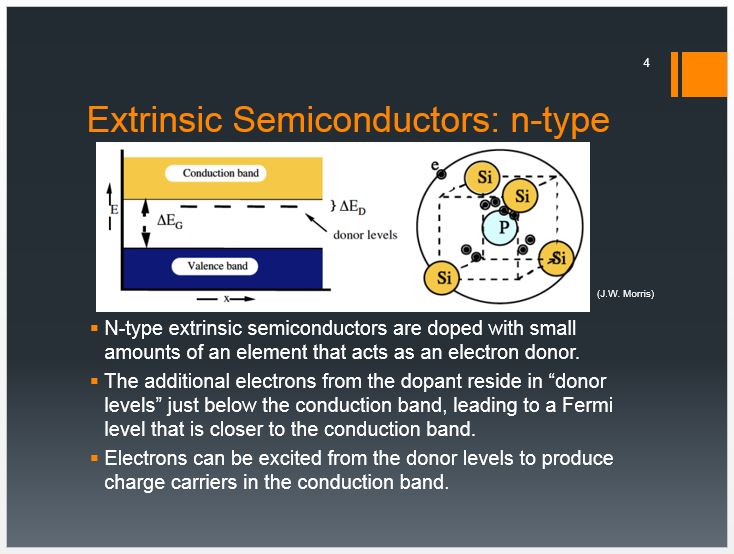| مشخصات مقاله پاورپوینت انگلیسی |
| عنوان فارسی مقاله |
کارایی سلول های خورشیدی |
| عنوان انگلیسی مقاله |
Efficiency of Solar Cells |
| فرمت مقاله |
پاورپوینت (PPT یا PPTX) |
| تعداد اسلایدها |
27 اسلاید |
| قابلیت ویرایش |
دارد |
| قابلیت پرینت |
دارد |
| رشته های مرتبط با این مقاله |
مهندسی برق |
| گرایش های مرتبط با این مقاله |
انرژی محیط زیست، انرژی های تجدید پذیر و انتقال و توزیع |
| کد محصول |
EP552 |
دانلود رایگان پاورپوینت انگلیسی سفارش ترجمه این پاورپوینت
| تصویری از مقاله |
 |
| فهرست مطالب |
|
Efficiency of Solar Cells
Outline
Intrinsic Semiconductors
Extrinsic Semiconductors: p-type
p-n Junctions
Photogeneration of Charge Carriers
Charge Carrier Separation
Efficiency of Solar Cells
Ultimate Efficiency Derivation: Assumptions
Parameters and Definitions
Ultimate Efficiency Derivation
Ultimate Efficiency Derivation
More Realistic Situation:Detailed Balance Principle
Alternative Explanation…
Inclusion of Recombination Losses
Inclusion of Impedance Matching Factor
Exceeding the Shockley-Queisser Limit: Multi-Junction Solar Cells
Exceeding the Shockley-Queisser Limit: Concentration of Sunlight
Exceeding the Shockley-Queisser Limit: Multiple Exciton Generation (MEG)
Conclusion
References
References (Images)
|
| بخشی از مقاله |
|
Exceeding the Shockley-Queisser Limit: Multiple Exciton Generation (MEG)
Nanocrystal-based solar cell efficiency can be theoretically improved by the generation of multiple electron-hole pairs from the absorption of one photon.
MEG been demonstrated in nanocrystals (quantum dots) such as PbS, PbSe, PbTe, CdS, CdSe, and InAs, as well as in single-walled carbon nanotubes.
The origin of MEG is complicated and still under debate, but one explanation is that light excites a high energy exciton which then decays irreversibly into a quasi-continuum of states available at that energy.
|
دانلود رایگان پاورپوینت انگلیسی سفارش ترجمه این پاورپوینت
